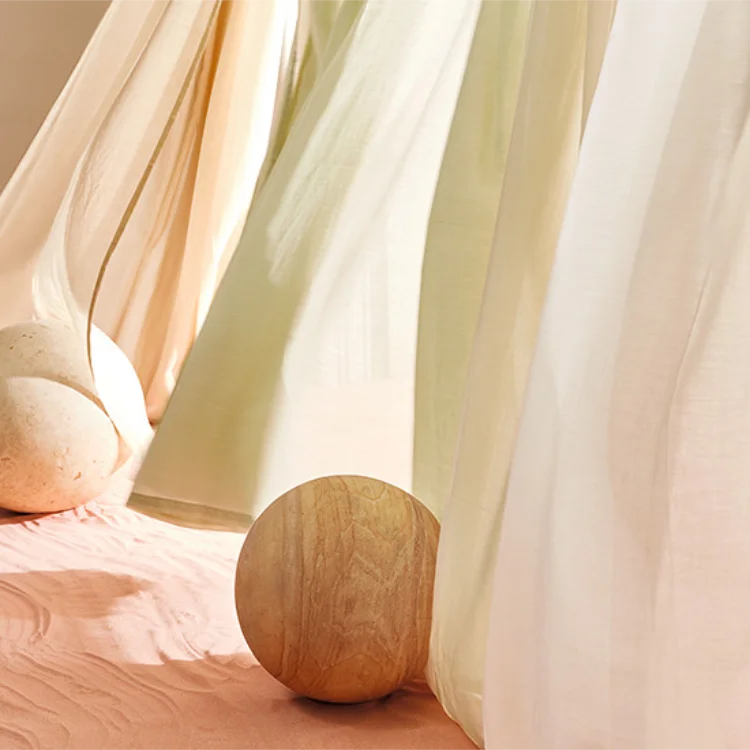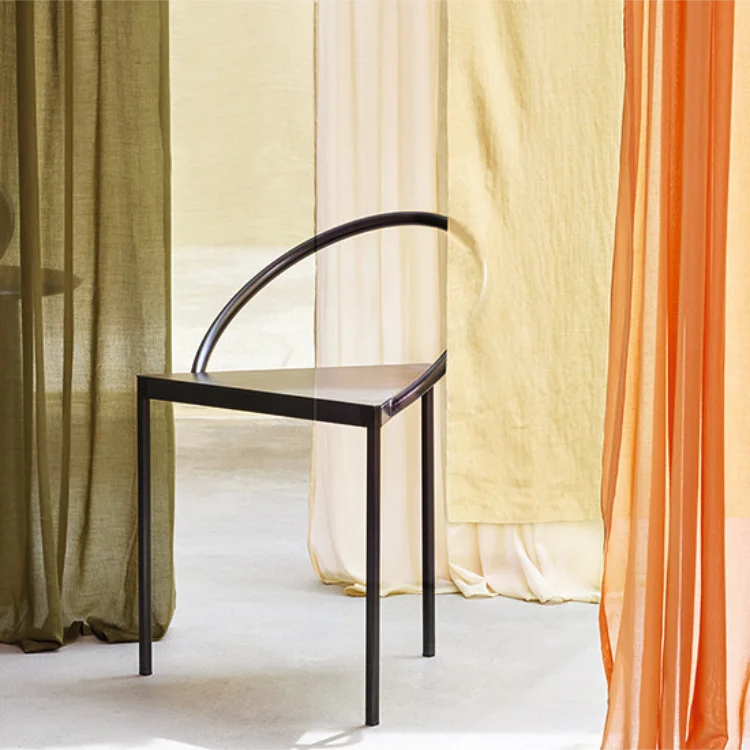Luxurious eco-friendly fabrics
There is a superb choice of eco-friendly fabrics made from natural fibres such as linen, organic cotton, wool, hemp and aloe vera, available in a huge palette of colours.
Even discarded plastic bottles can be turned into yarn and woven into softly draping, tactile fabrics. They are durable, making them a great choice for upholstery, as well as curtains and cushions.
You do not need to drape sack cloth at your windows to be eco-friendly. Sustainable fabrics can be just as luxurious and tactile as other fabrics.
Where possible, the fabric ranges I offer are woven and printed in the UK or within Europe. Most are woven using natural fibres that can be recycled at the end of their life, and have not been made using harsh chemicals. Many have OEKO-TEX®, or GOTS, or other sustainable certification.
Linen
An eco-friendly textured cloth that can be plain or printed.
Linen curtains have a relaxed yet sophisticated look and can be sheer or semi-sheer, if left unlined. They can be hung alone or layered with other curtains. Over time, linen fabric develops a subtle, charming wrinkled texture.
Derived from the flax plant, it is the most commonly available sustainable furnishing fabric. The finest linen comes from Europe, and specifically from Belgium. It is prone to shrinking, so opt for a pre-washed cloth.
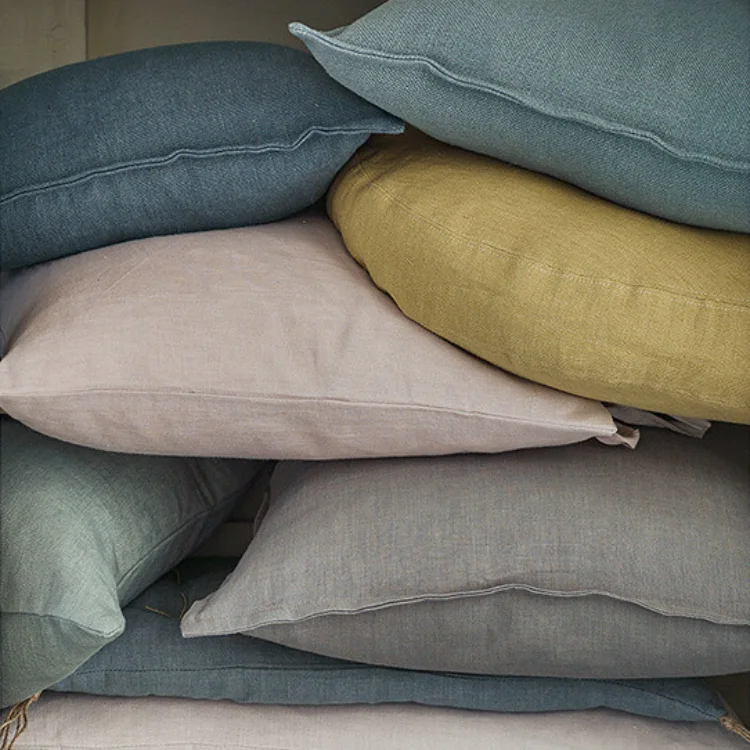
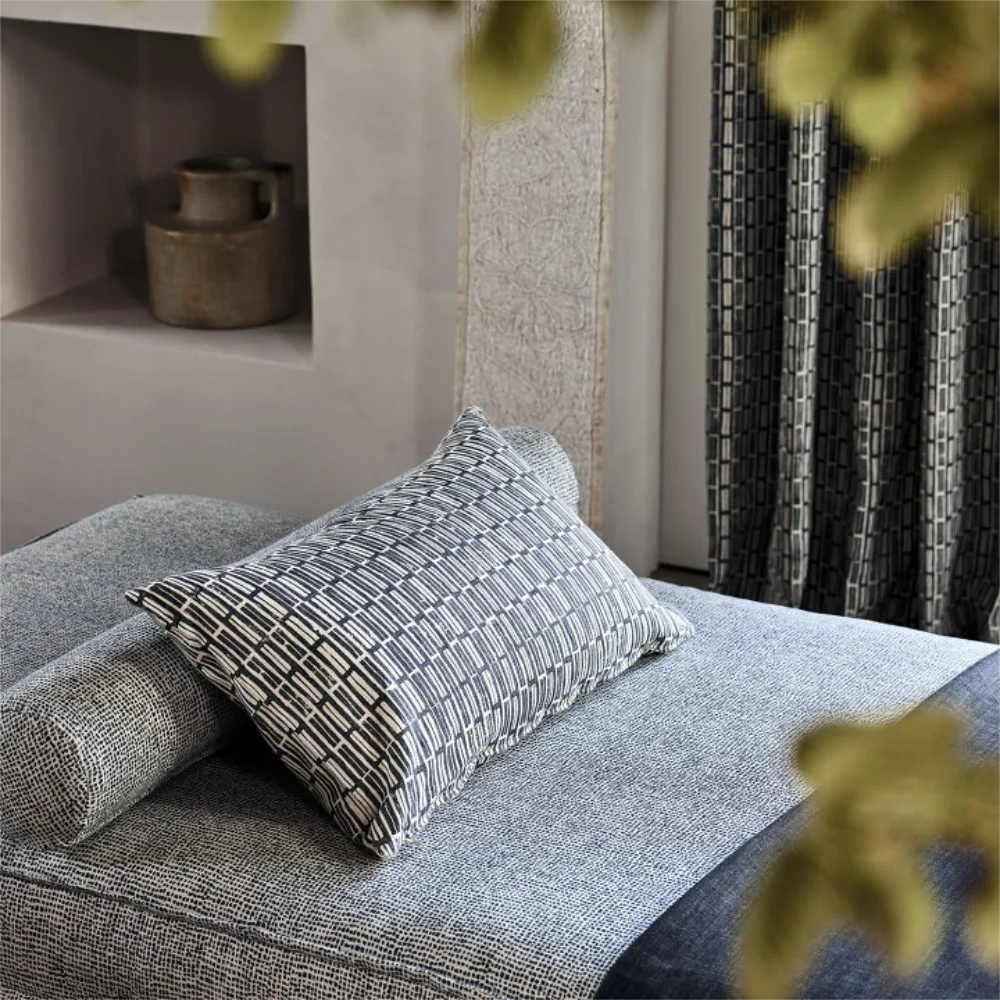
Wool
Wool is soft and warm, and takes a dye deep into the fibre.
Grown from nature, wool is 100% natural, 100% renewable and 100% biodegradable. It is wonderfully soft to touch, yet naturally hard wearing. Wool has superb insulating properties, both thermally and acoustically. Wool therefore makes a financial and ethical choice if you wish to reduce your energy use.
The UK has a strong wool making industry with the entire cloth made here, from dying, blending, carding and then spinning the wool into yarn, to weaving the yarns into cloth.
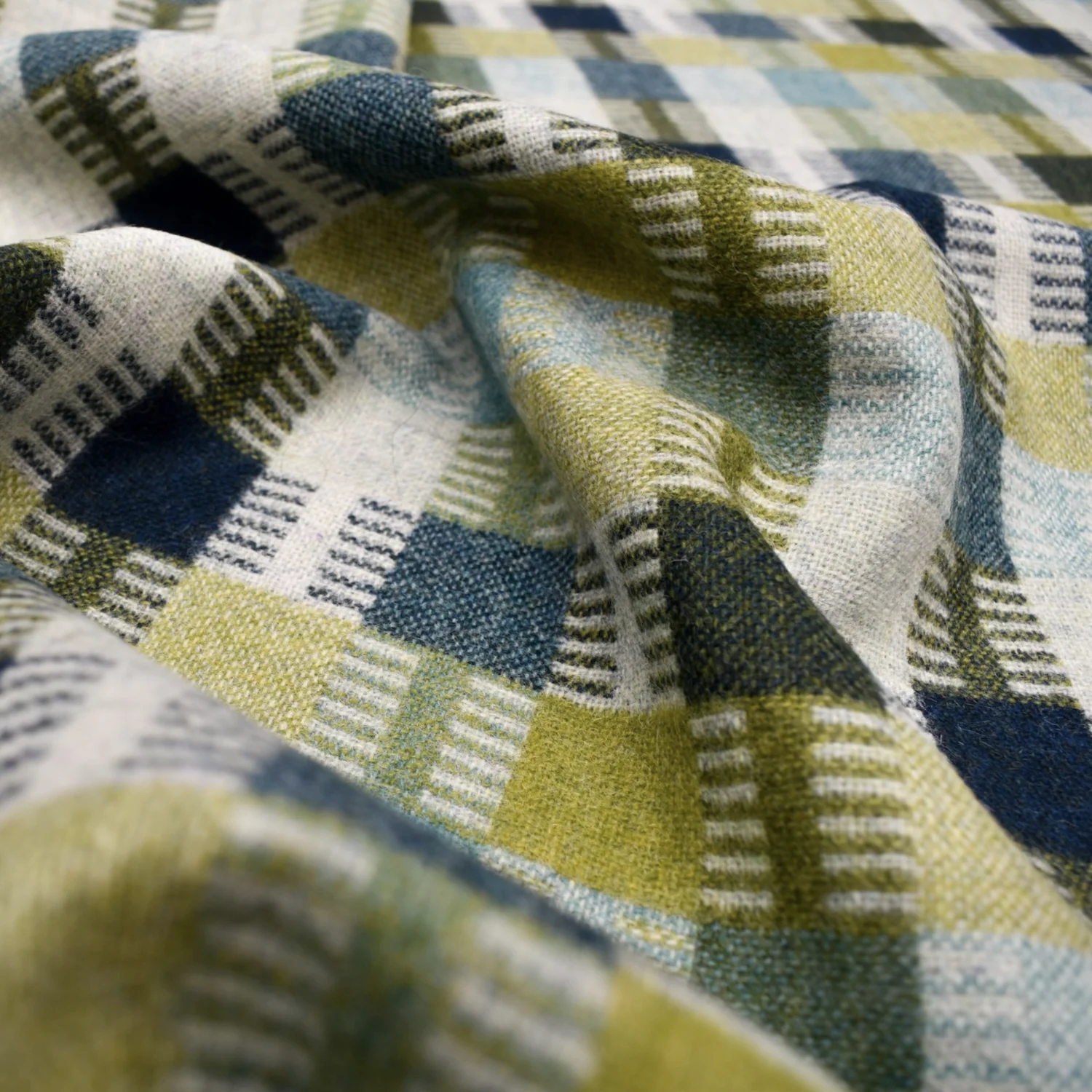
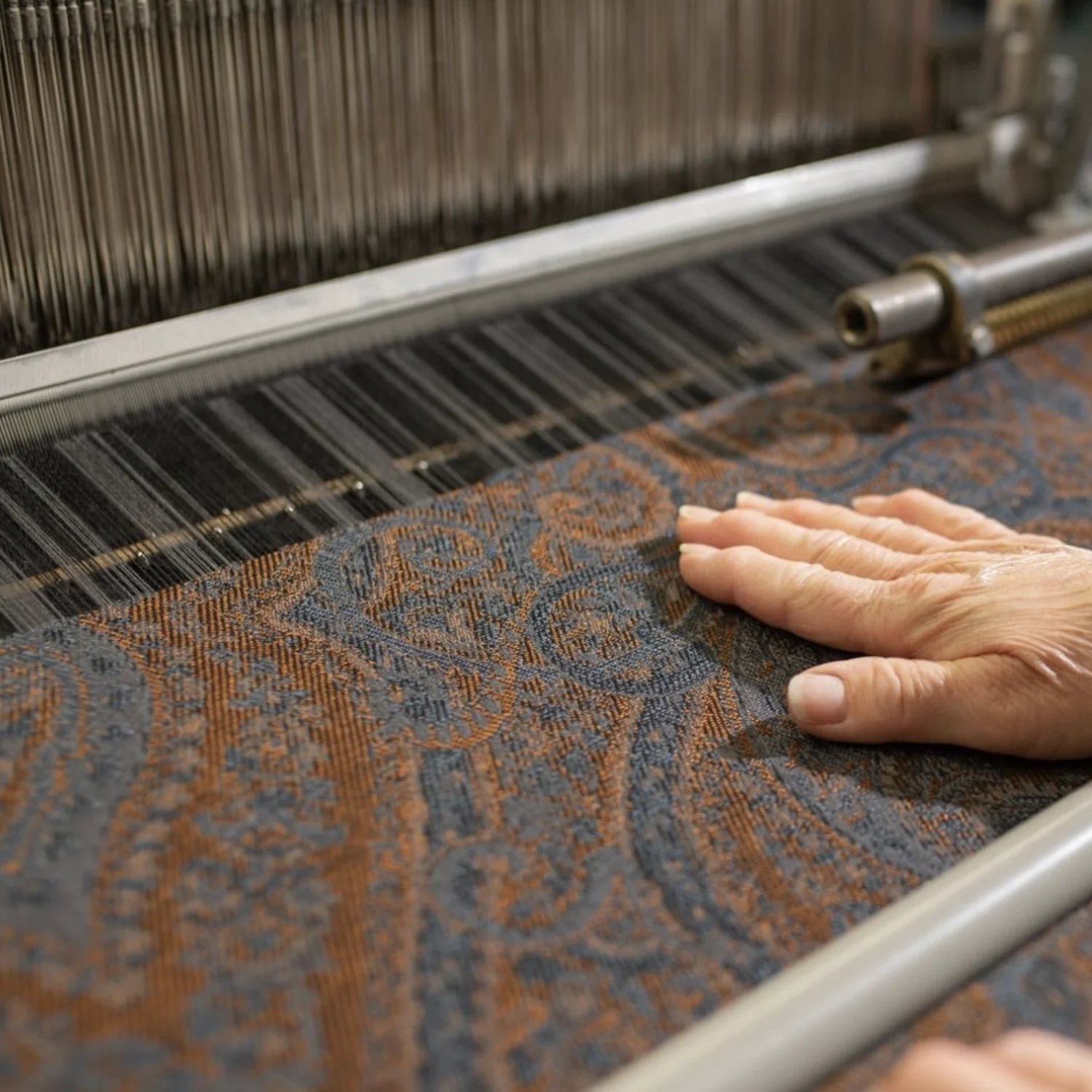
Recycled manmade fibres
From linen-look sheers to hardwearing upholstery fabrics.
This eco-friendly cloth is made from waste plastic bottles. The resulting fabric is durable, soft, and comes in hundreds of colours. It is more resistant to UV fading than natural fibres.
Recycled polyester fabric is ONLY eco-friendly if 100% of the polyester is recycled. If the fabric is part recycled polyester, part new, then fossil fuels (crude oil) were used in the manufacture.
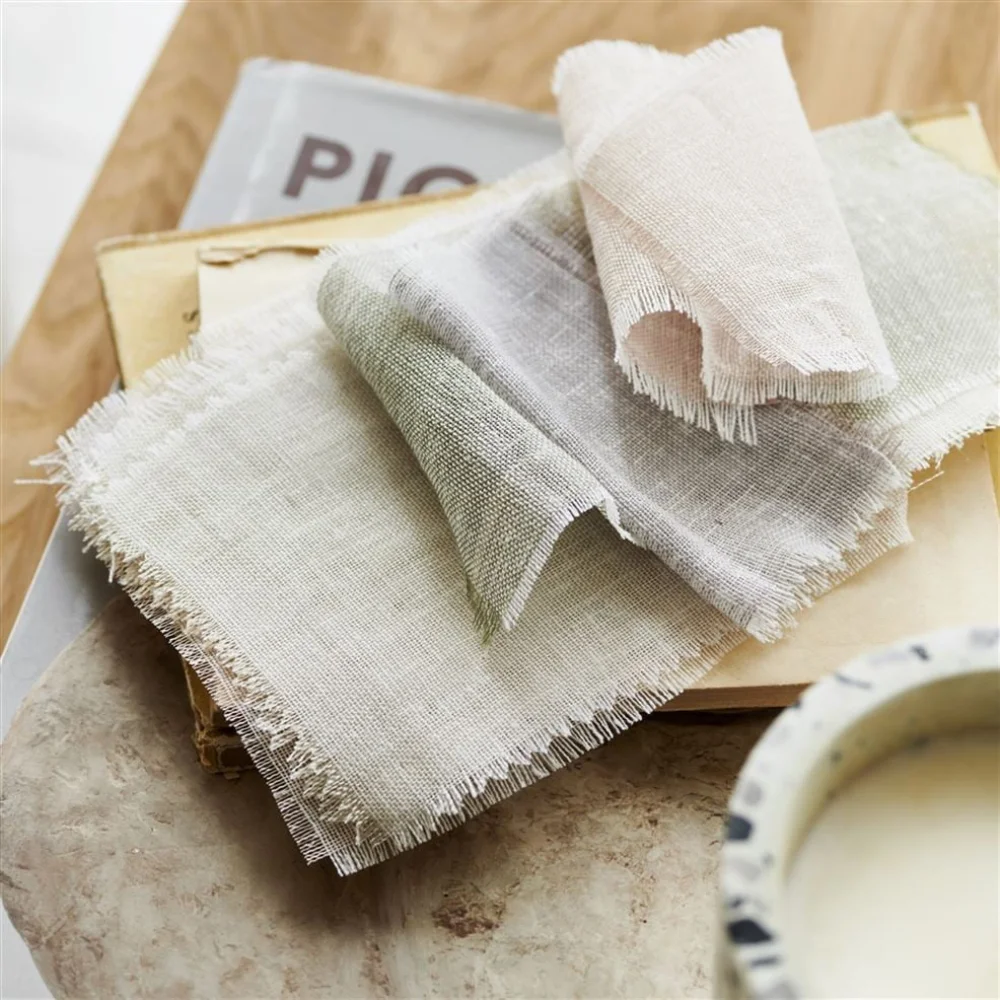
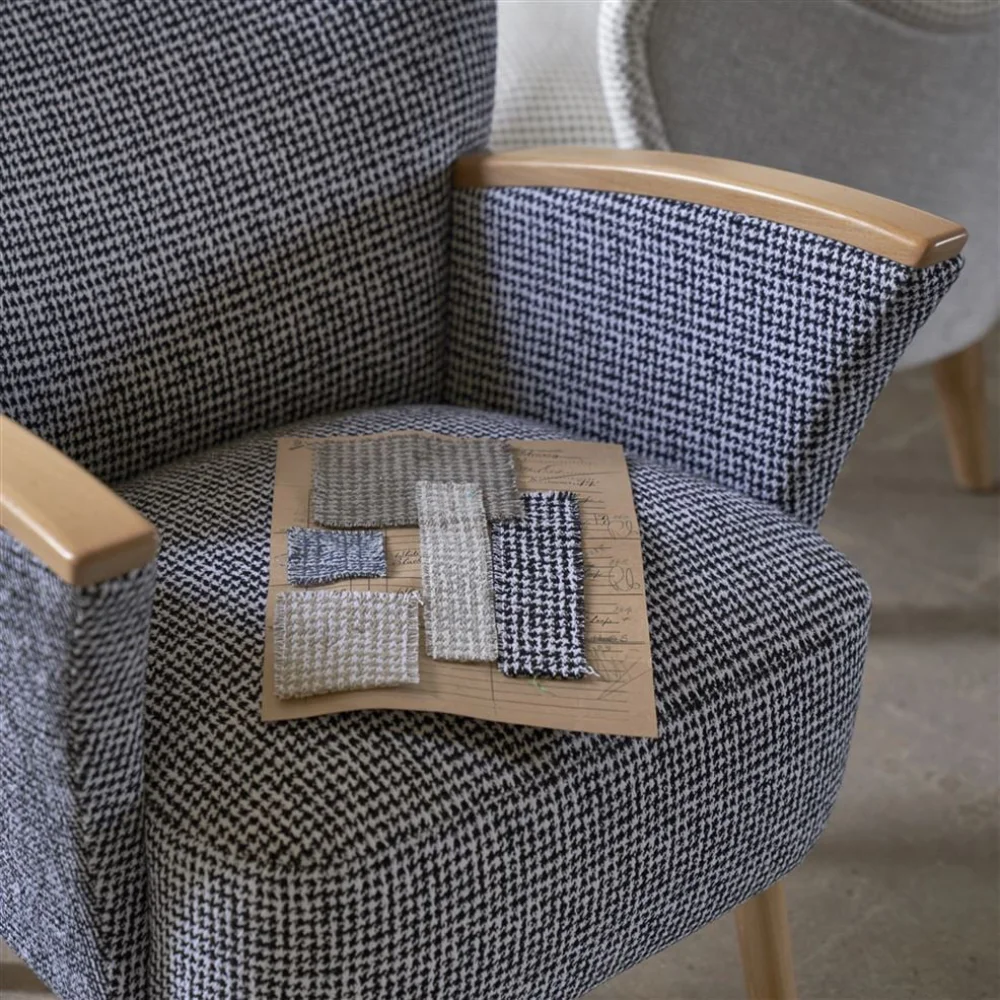
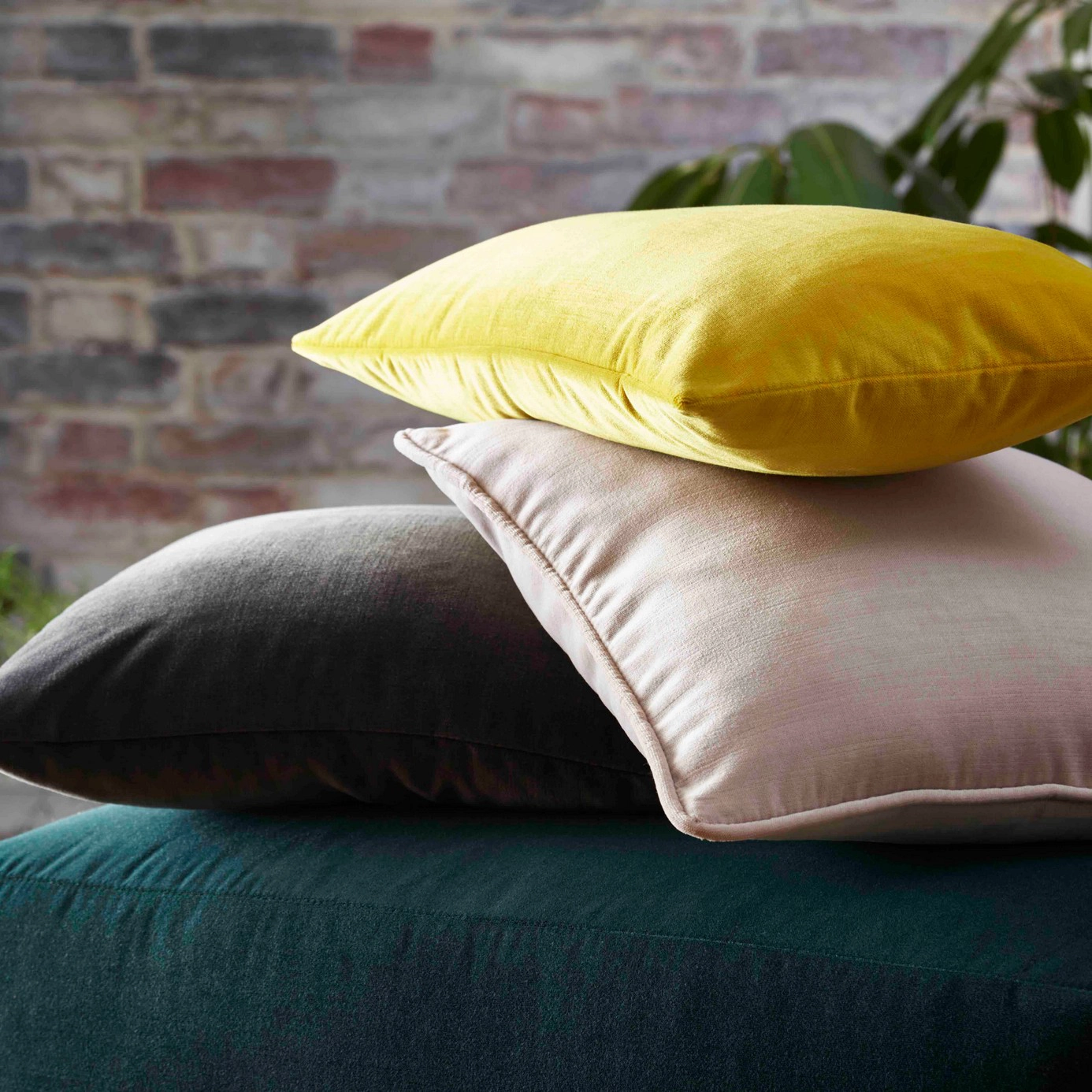
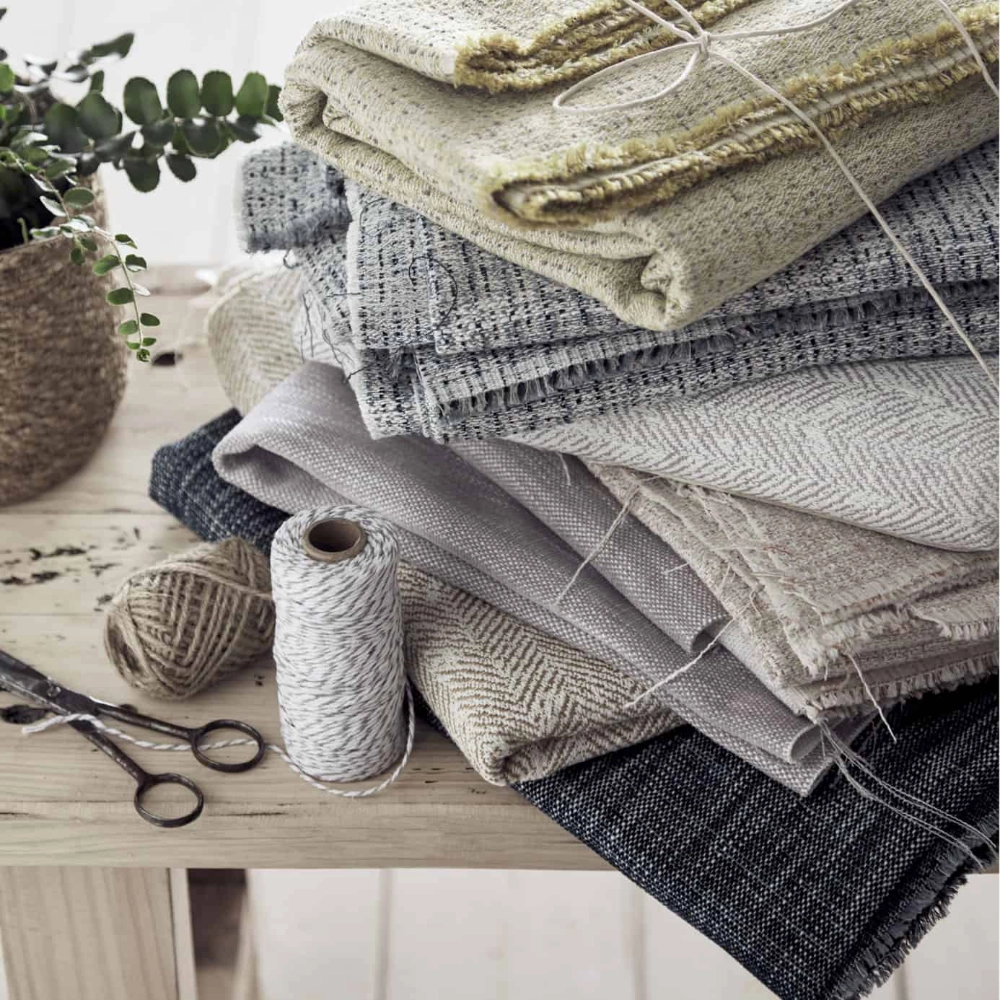
Cotton (organic & recycled)
Only ever buy organic or recycled cotton. Never buy new cotton.
Organic cotton is far more sustainable than standard cotton. Organic farming works in harmony with nature. Farmers use environmentally friendly alternatives to fertilisers and pesticides, rather than chemicals. Seeds grown are not genetically modified, and insects are encouraged. Crops are normally grown in rain-fed regions, reducing the need for manual watering.
Recycled cotton converts waste cotton fabric into cotton fibre. Most of the waste cotton is from pre-consumer waste, such as left over scraps from clothing manufacturing. Recycled cotton is often mixed with other fibres because the recycling process can weaken the cotton. This gives the fabric strength. Those other fibres must eco friendly too, otherwise it’s not a sustainable option.
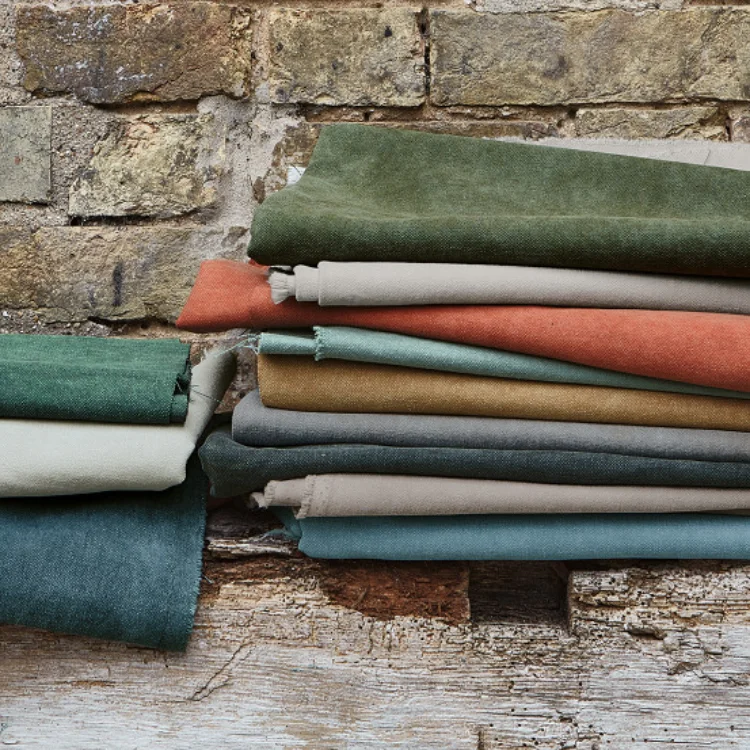

Hemp
Hemp is THE most environmentally friendly fabric around.
Hemp is also the oldest form of fabric. It is an extremely sustainable crop and is carbon-negative because it actually absorbs more carbon dioxide from the atmosphere than it gives off in production.
The hemp plant is very fibrous and the result is a very durable fabric. Undyed hemp has excellent UV resistance and it is very strong. Over time, fabric made from hemp starts to feel more luxurious to touch. It softens, but it doesn’t weaken.
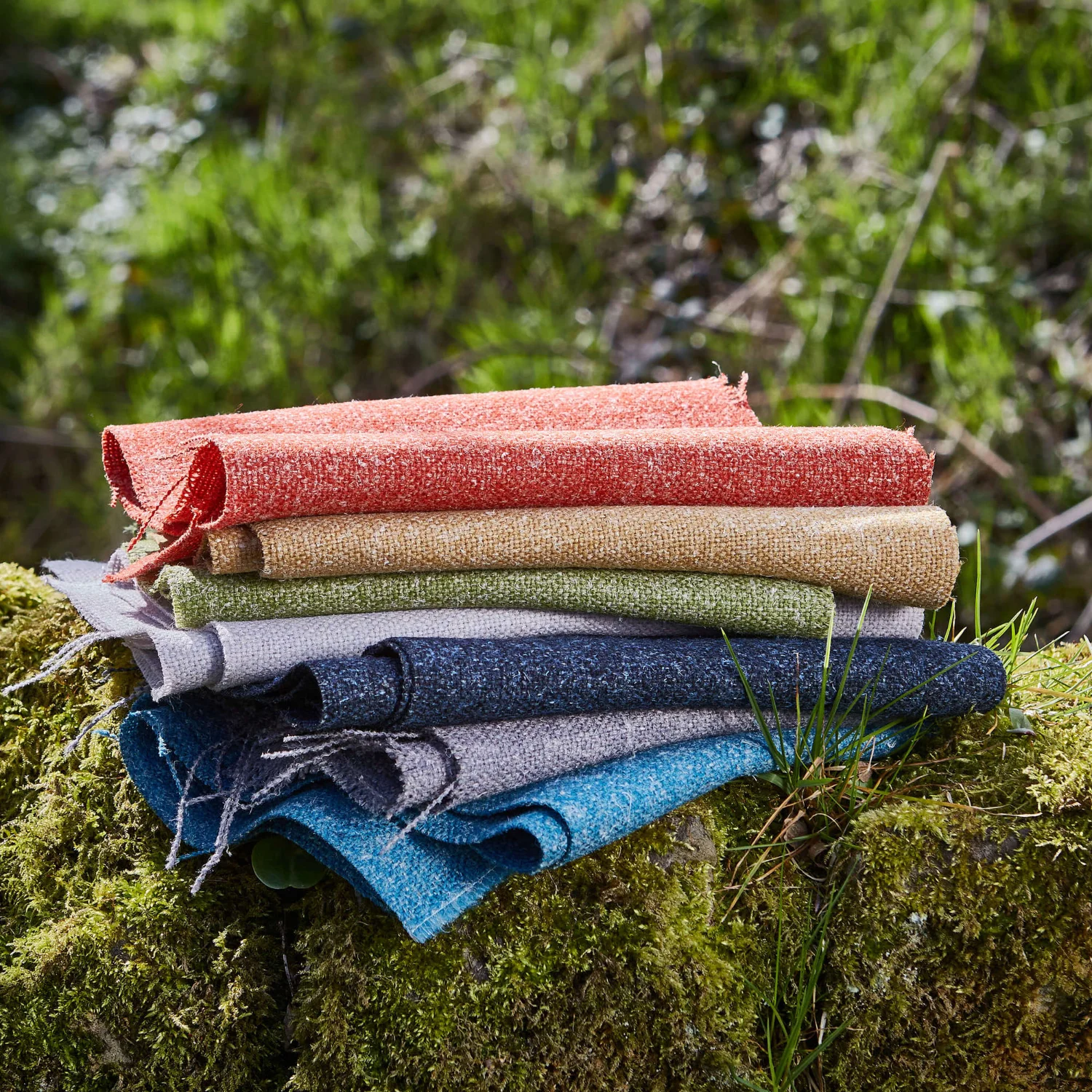
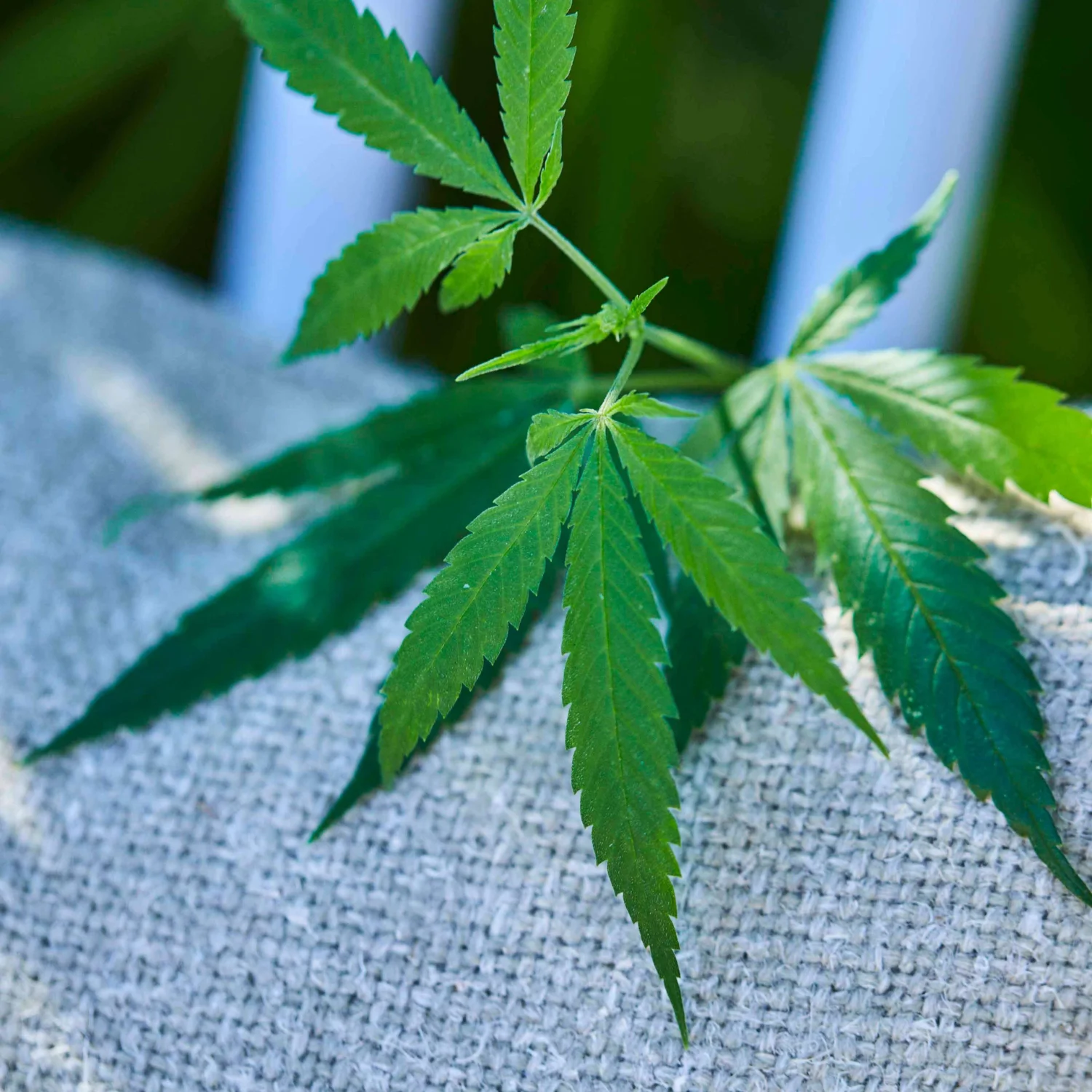
Aloe Vera
Although still in its infancy, aloe vera is now being used to make fabric.
Aloe vera is more sustainable than conventional materials as the plant grows with no chemicals or fertilisers and does not require any watering.
